Reading Comprehension Teaching Resources
Explore printable reading comprehension worksheets, digital activities and more to teach reading comprehension strategies in your primary classroom. Created by teachers, for teachers, the teaching resources in this collection are aligned with the Australian curriculum and have undergone a careful review by a member of our expert teaching team.
You'll find editable versions to easily differentiate your instruction for individual students, plus various options to make your lesson planning easier this school year!
New to teaching this portion of the English curriculum or just looking for fresh and engaging ways to teach reading comprehension strategies? Read on for a primer from our teacher team, including a simple definition of reading comprehension, a look at different strategies students can use and more!
What Is Reading Comprehension?
We'll start at the beginning! Reading comprehension is a skill that's hard to overestimate in terms of its importance for early years students to develop.
Defined as the ability to understand and interpret written language, reading comprehension involves the process of decoding text, extracting meaning from it, and then integrating that meaning with prior knowledge and understanding.
Not only does comprehension comprise the ability to recognise and understand individual words, but it also involves the ability to recognise patterns and relationships within sentences and paragraphs, as well as the ability to make inferences and draw conclusions based on the information presented.
This isn't just important for reading, of course.
Comprehension is all about making meaning, and it includes various levels of understanding, including:
- Literal
- Inferential
- Evaluative
- Critical
If you think about it, we rely on these skills on a daily basis — when we notice the stooped shoulders of a partner as they walk in the door or when we listen to the weather report and observe how heavily laden the sky is with grey clouds.
To develop those same skills in a reading context, our students need to build a variety of language skills, such as vocabulary knowledge, grammar and syntax, as well as cognitive processes, such as attention, memory and critical thinking.
So how do they get there? Let's talk strategies!
What Are Reading Comprehension Strategies?
As you well know, students don't start off being able to comprehend every single thing they read. But teaching them strategies to understand better and retain information will allow them to go from recognising individual words to understanding a range of texts.
Some common reading comprehension strategies include:
- Previewing — This is the process of skimming the text before reading it in detail to get an overall sense of what it is about.
- Activating Prior Knowledge — Students can draw on existing knowledge and experience to help them understand new information, such as a new text.
- Making Connections — This strategy focuses on teaching students to make connections between a text and their own experiences and understandings. Research into the science of reading has shown enhanced comprehension when students are able to connect new information to information they already know.
- Questioning — In this comprehension strategy, students ask and answer questions to clarify the meaning of the text and deepen their understanding. When you centre questioning activities around the familiar open-ended prompts of who, what, when, where, how, why, and which, students assert their understanding and identify any gaps in their comprehension of the text. Questions can be posed by a teacher, by their peers, or by the students themselves.
- Visualising — Visualisation provides both teachers and students with another means to extend their exploration of a text and deepen understanding. This reading comprehension strategy asks students to create and describe an image in their mind, centered around a place, situation, or character in the text. Visualising has been proven in research to improve student recall! Using the five senses is a great way to scaffold student comprehension through visualising.
- Summarising — Summarising is a reading comprehension strategy that asks students to reflect on the text and communicate their understanding of it. A well-formed summary is made up of the main idea of the text and the key details that support the main idea, showing that the student has understood what they’ve read well enough to write a summary that’s not merely a repetition of the text.
- When summarising, students may complete one or more of the following:
- Recount the text in their own words
- Identify the main idea, topic or purpose
- List key words or phrases
- Identify structural elements of the genre
- Using the SWBST process can help students with this reading comprehension strategy. The steps in the SWBST process are:
- Somebody
- Wanted
- But
- So
- Then
- When summarising, students may complete one or more of the following:
- Inferring — The process of drawing conclusions based on clues or evidence presented in the text is called inferring, and it involves readers using what they know and pairing it with what they read in the text to make a conclusion. You may also call this 'reading between lines!'
- Monitoring Comprehension — When monitoring comprehension, students reflect on and assess their understanding as they progress through the text. In this metacognitive process, students may ask themselves questions like 'Is this making sense?' or 'Do I need to read this again?'
- Some comprehension strategies that may be effective may include going back to reread a section of a text, slowing down or speeding up your reading rate, and using text features to help understand difficult parts of a passage. All of these are active reading strategies that students can do to help them better understand what they are reading, while they are reading!
- While monitoring asks students to identify hurdles and barriers, students also benefit from connecting this reading comprehension strategy with explicit strategies to help them pass their hurdles.
All of these comprehension strategies can be taught and practised explicitly.
- Plus Plan
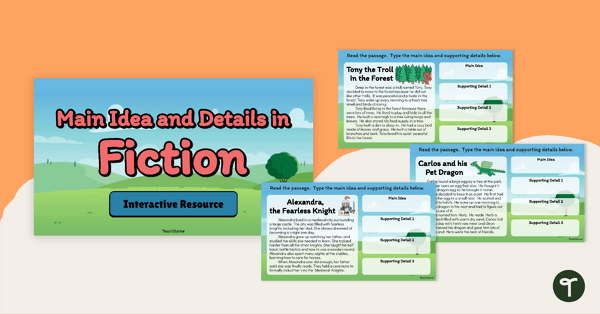
Finding the Main Idea in Fiction Texts Interactive Activity
Help your students easily find the main idea and support details in a fiction text with this interactive activity.
- Free Plan

Finding the Main Idea in a Literary Text Worksheet
Find the main idea and supporting story clues of a literary text passage and answer the comprehension questions.
- Free Plan
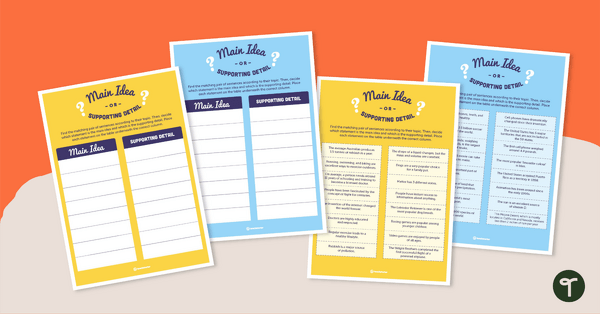
Main Idea or Supporting Detail? – Sorting Activity
An activity for students to determine which of 2 related facts is a main idea and which is a supporting detail.
- Plus Plan
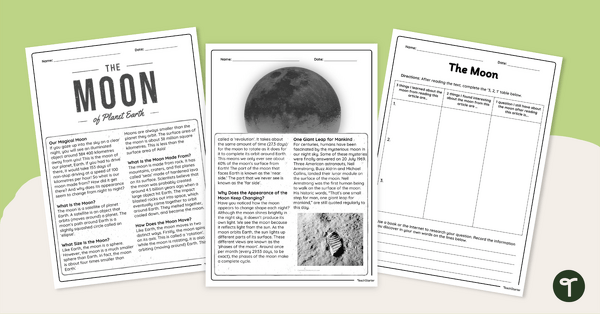
The Moon of Planet Earth Worksheet
Engage your students with a high-interest reading passage about the moon with this informative article and accompanying response sheet.
- Plus Plan
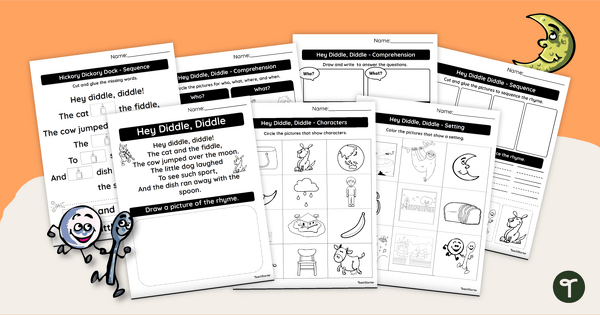
Narrative Features Worksheets - Hey Diddle Diddle
Identify characters, settings and parts of a story with early years reading worksheets featuring the Hey Diddle Diddle nursery rhyme.
- Plus Plan
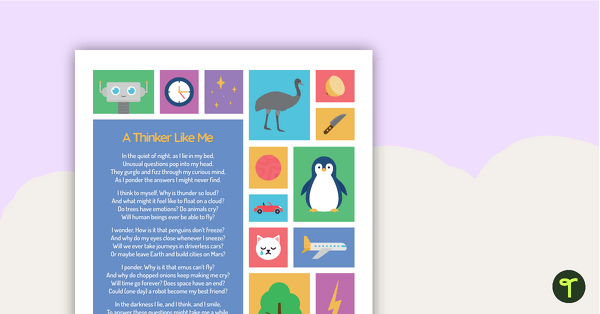
A Thinker Like Me - Read and Respond Worksheet
A comprehension activity related to a poem.
- Plus Plan
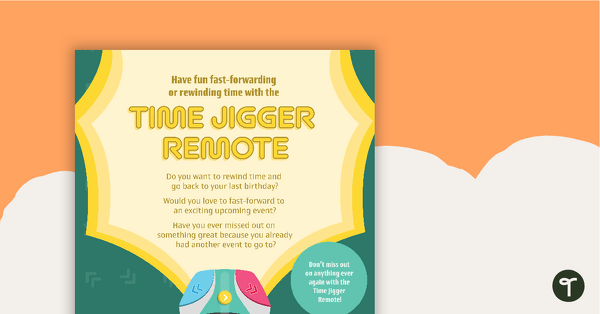
Time Jigger Remote – Worksheet
A comprehension worksheet for a fake advertisement from the Year 2 magazine (Issue 2).
- Plus Plan
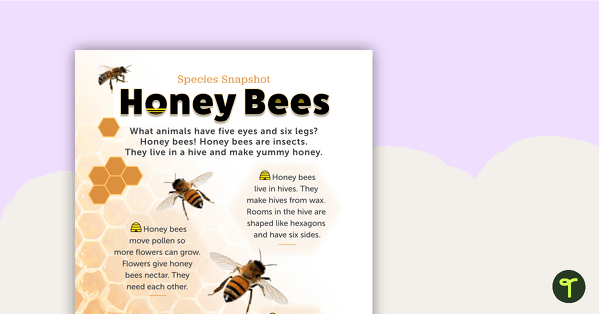
Species Snapshot Worksheet - Honey Bees
A comprehension worksheet for a species snapshot magazine article about honey bees.
- Plus Plan
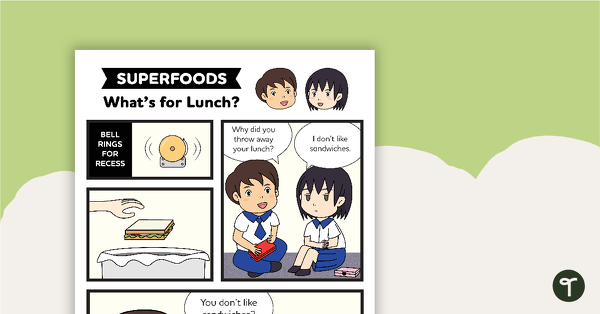
Superfoods: What's for Lunch? – Comprehension Worksheet
A comprehension worksheet for a comic about the importance of eating a healthy lunch.
- Plus Plan
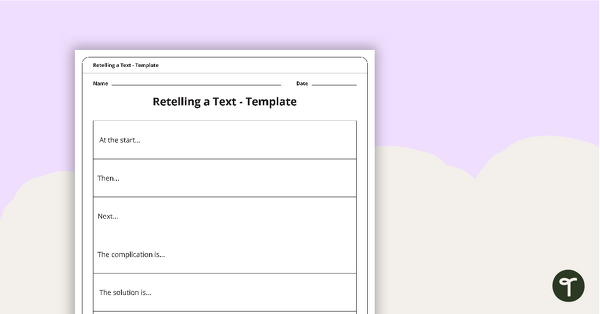
Guided Reading Groups - Retelling a Text Template
Use this template during a guided reading session for a scaffold to help your students retell a text.
- Plus Plan
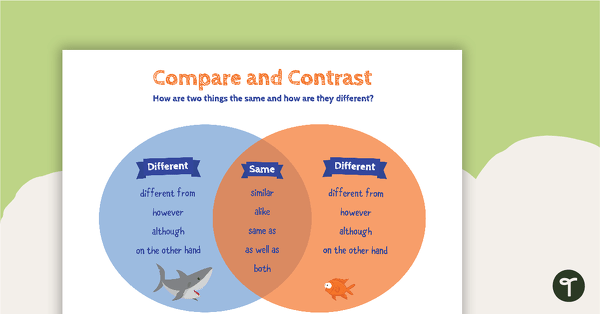
Compare and Contrast - Vocabulary Poster
A poster detailing vocabulary used when comparing and contrasting.
- Plus Plan
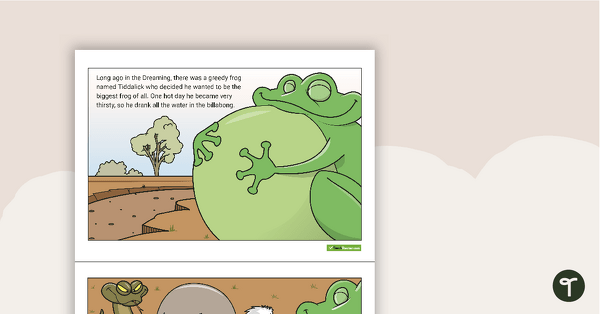
Tiddalick the Frog Dreaming Story Sequencing Activity Cards
Use these Tiddalick the Frog sequencing activity cards as a resource for teaching Australian Dreaming Stories.
- Plus Plan
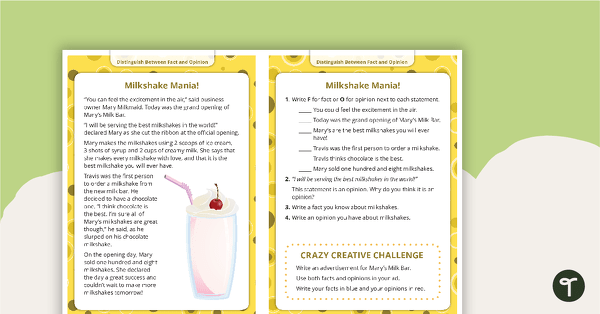
Comprehension Task Cards - Distinguishing Between Fact and Opinion
A set of comprehension task cards to help students distinguish between fact and opinion when reading.
- Plus Plan
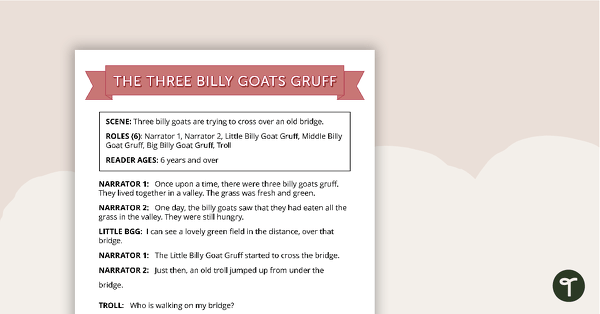
Comprehension - Three Billy Goats Gruff
A fun script and set of questions to help students develop reading and comprehension strategies.
- Plus Plan
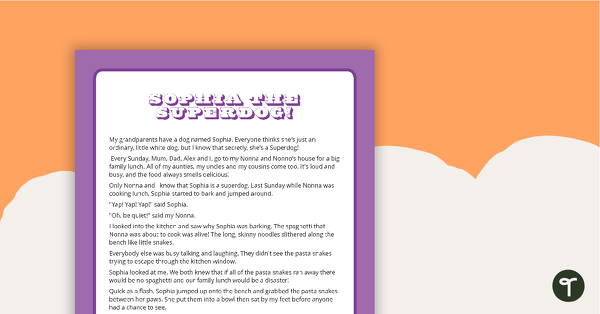
Sophia the Superdog! - Comprehension Text and Questions
A superdog themed text and set of questions to help develop comprehension strategies in the classroom.
- Plus Plan
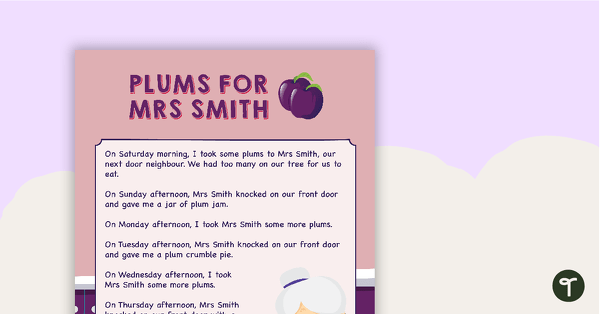
Comprehension - Plums For Mrs Smith
A comprehension activity using a recount for lower grades.
- Plus Plan
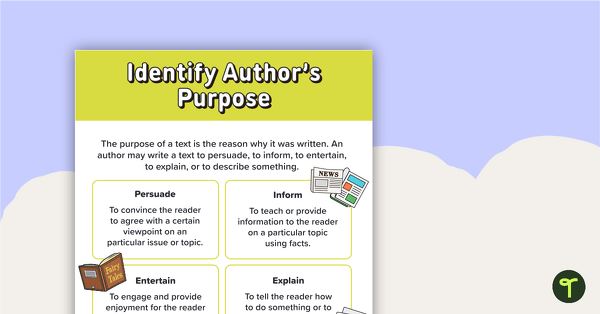
Identify Author's Purpose Poster
A poster highlighting how to identify the author's purpose when reading a piece of text.
- Plus Plan
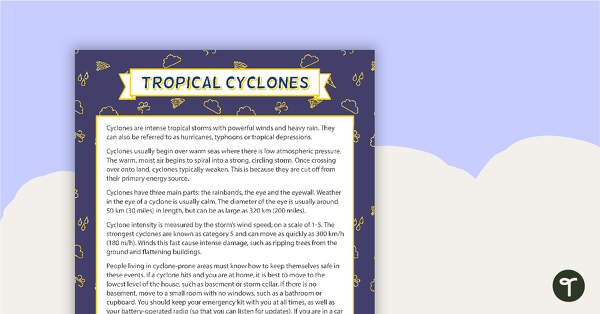
Comprehension - Tropical Cyclones
A comprehension activity about tropical cyclones.
- Plus Plan
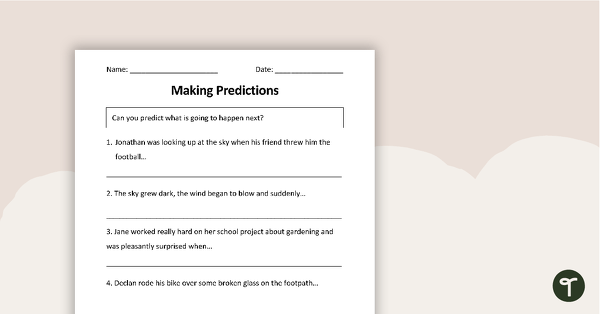
Making Predictions from Sentences - Worksheet
A worksheet to use when teaching students how to make predictions when reading.
- Plus Plan
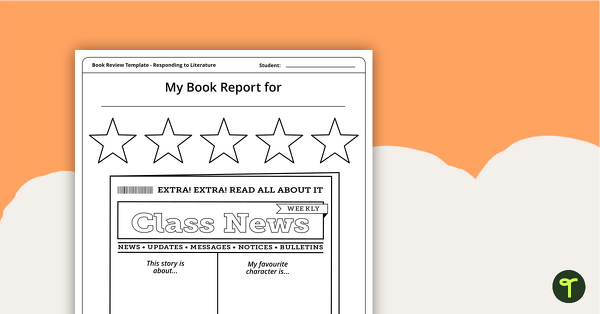
Newspaper Themed - Book Report Template and Poster
A fun newspaper themed poster with 3 book report templates to use when responding to literature.
- Plus Plan
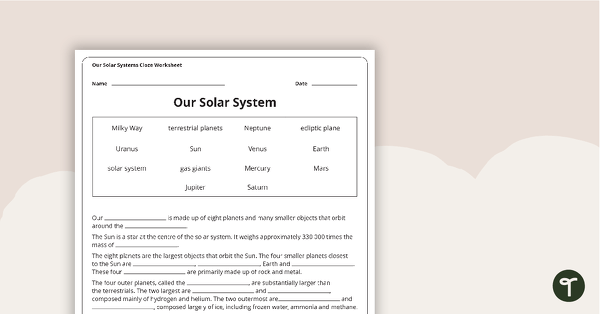
Fiction and Non-Fiction Cloze Activities
A set of 7 fiction and non-fiction cloze worksheets with answer sheets.
- Plus Plan
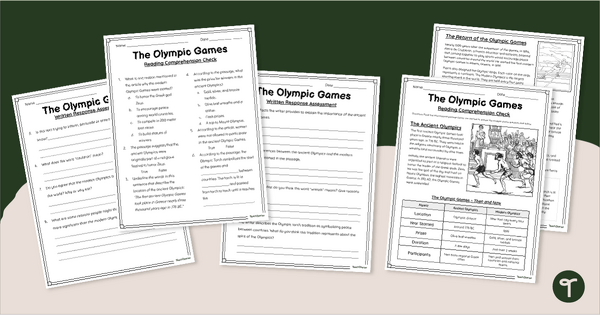
The Olympic Games - Comprehension Task
Encourage students to apply a range of comprehension and writing skills when finding out interesting fun facts about the Olympics with a printable reading comprehension task.
- Free Plan
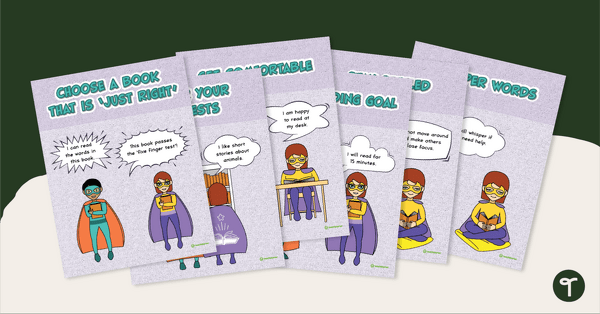
Super Stamina Reading Posters
Highlight strategies students can use to read for longer periods of time with this printable poster set for a school library or classroom.
- Plus Plan
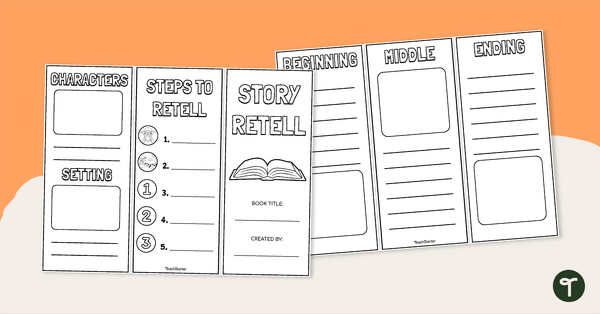
Story Retell Brochure Template
Explore retelling a story with this brochure template covering the major elements of a retell.
- Plus Plan
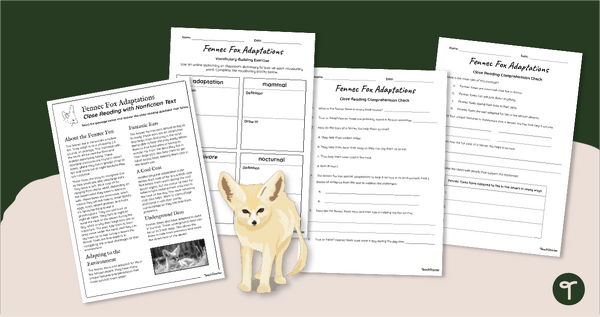
Fennec Fox Adaptations - Close Reading Worksheets
Read and learn about Fennec Fox adaptations with a set of printable Reading Comprehension Worksheets for Year 5.
- Plus Plan
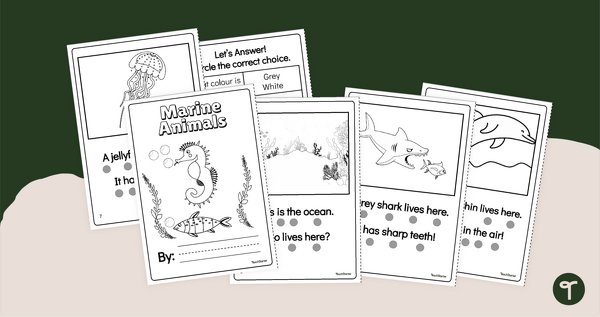
Marine Animals - Year 1 Leveled Reader
Learn about the creatures under the ocean’s surface with a printable leveled reader book about marine animals.
- Plus Plan
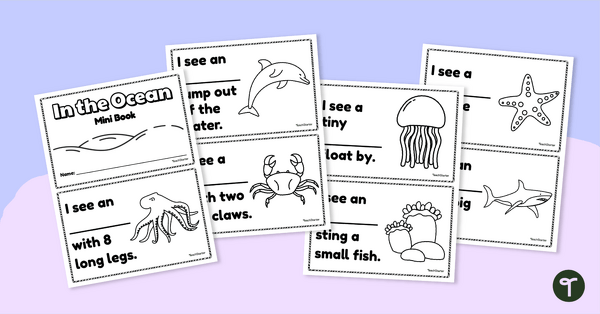
Printable Early Reader Books - Ocean Animals
Learn about sea life with a printable ocean book for year 1 students.
- Plus Plan
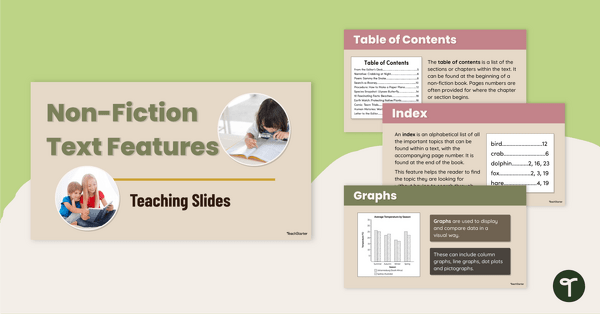
Non-Fiction Text Features Teaching Slides
Explore the features of non-fiction texts with your students using this detailed and age-appropriate slideshow for primary school literacy lessons.
- Plus Plan
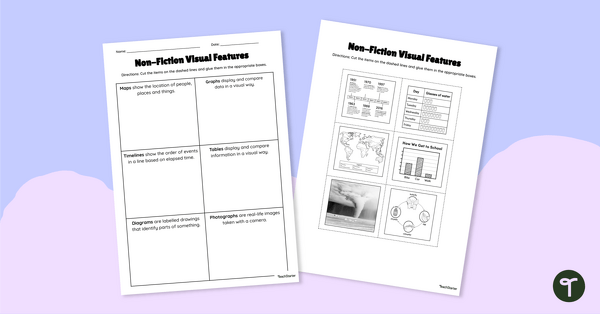
Non-Fiction Visual Features Cut and Paste Worksheet
Use this visual text features worksheet when exploring text features such as photographs, maps, charts and diagrams with your students.
- Plus Plan
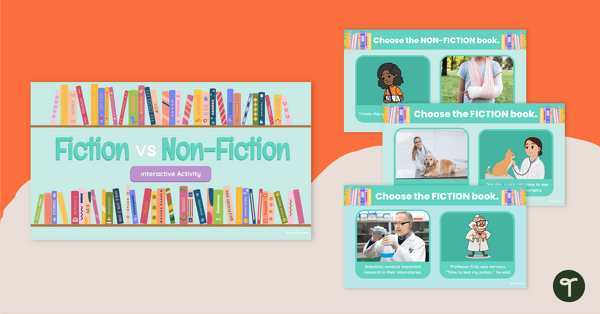
Fiction vs Non-Fiction Interactive Activity
Explore fiction and non-fiction examples with your students using this digital game for early years students.
- Plus Plan
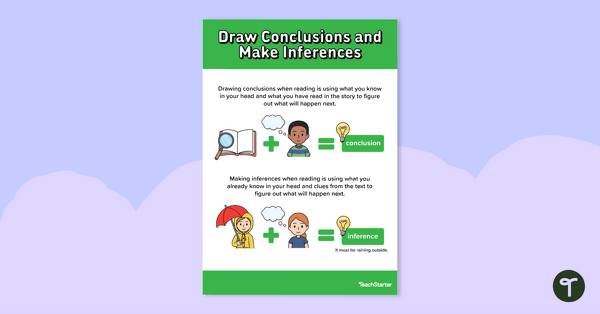
Inferring and Drawing Conclusions Poster
A poster highlighting how to draw conclusions and make inferences when reading a piece of text.
- Plus Plan
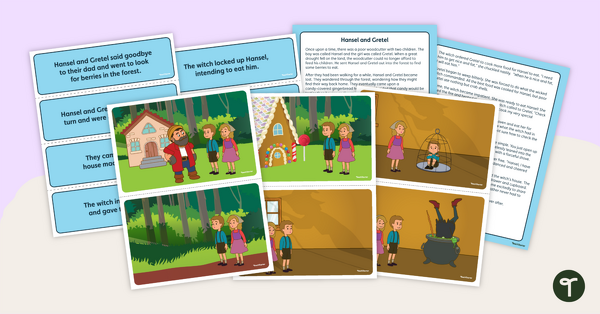
Hansel and Gretel Retelling Activity Cards
Teach your students about retelling with this set of sequencing cards for Hansel and Gretel.
- Reading Comprehension Worksheets
- Reading Comprehension Templates
- Reading Comprehension Posters
- Reading Comprehension Teaching Presentations
- Reading Comprehension Games
- Reading Comprehension for Foundation Year
- Reading Comprehension for Year 1
- Reading Comprehension for Year 2
- Reading Comprehension for Year 3
- Reading Comprehension for Year 4
- Reading Comprehension for Year 5
- Reading Comprehension for Year 6
- Reading Comprehension for Year 7